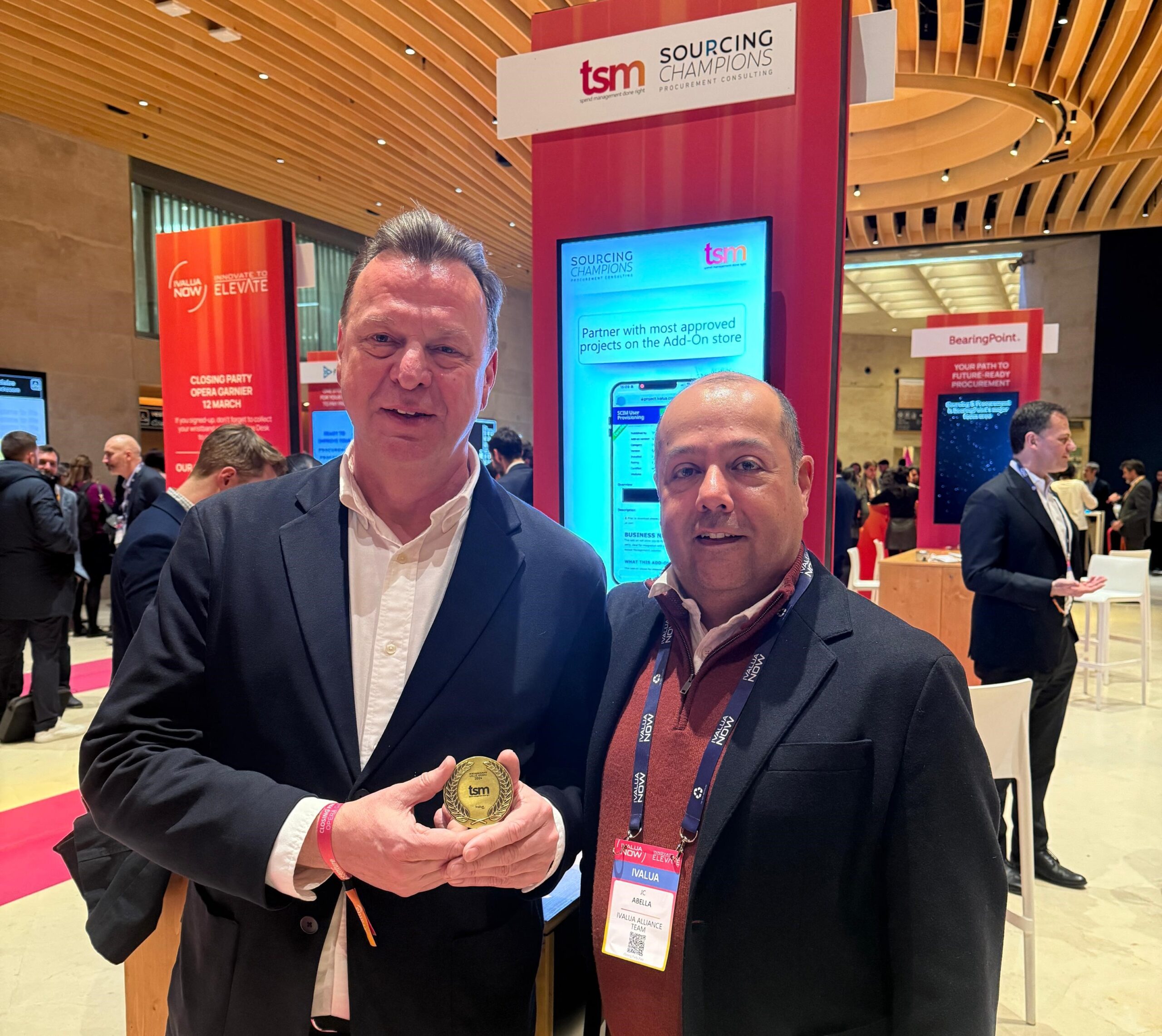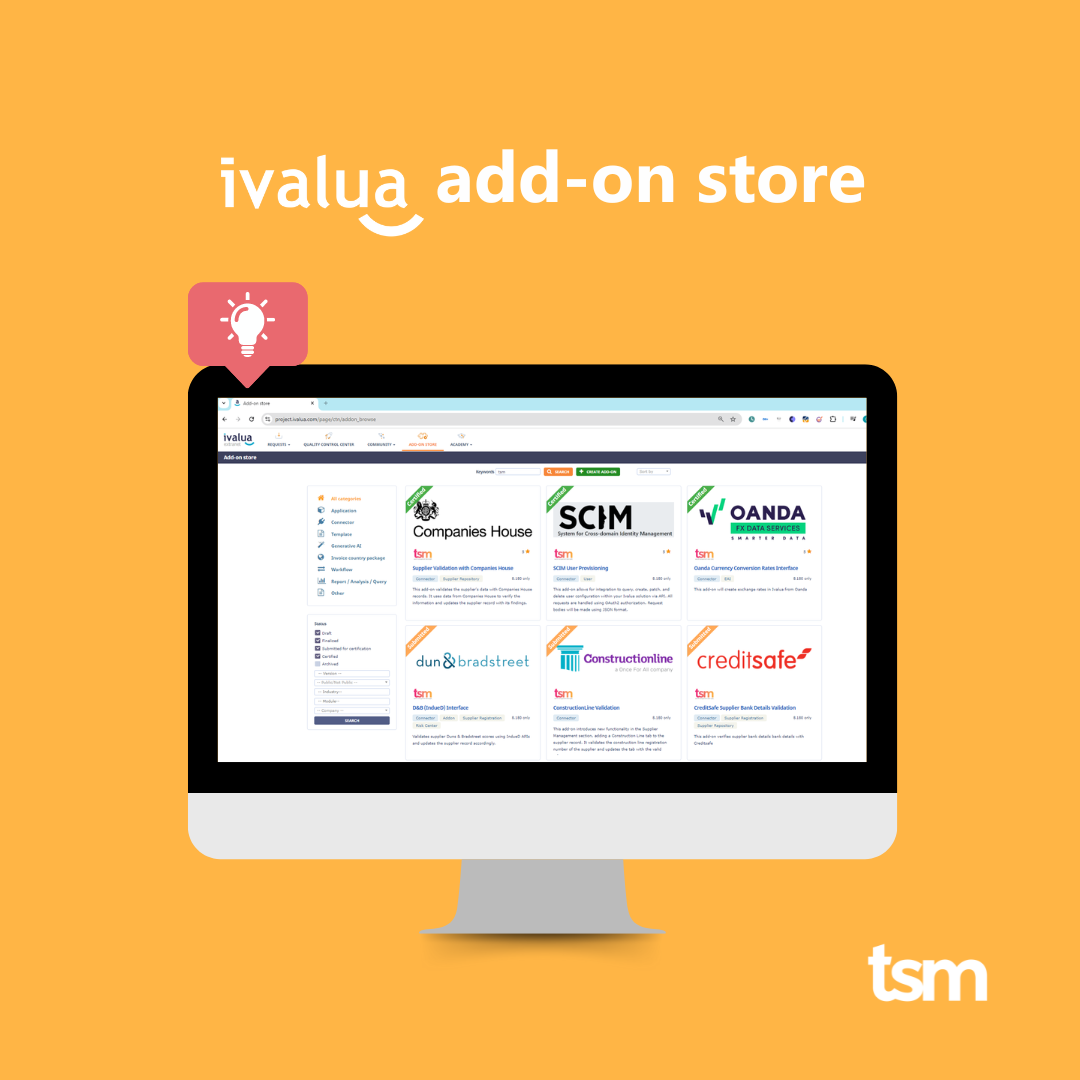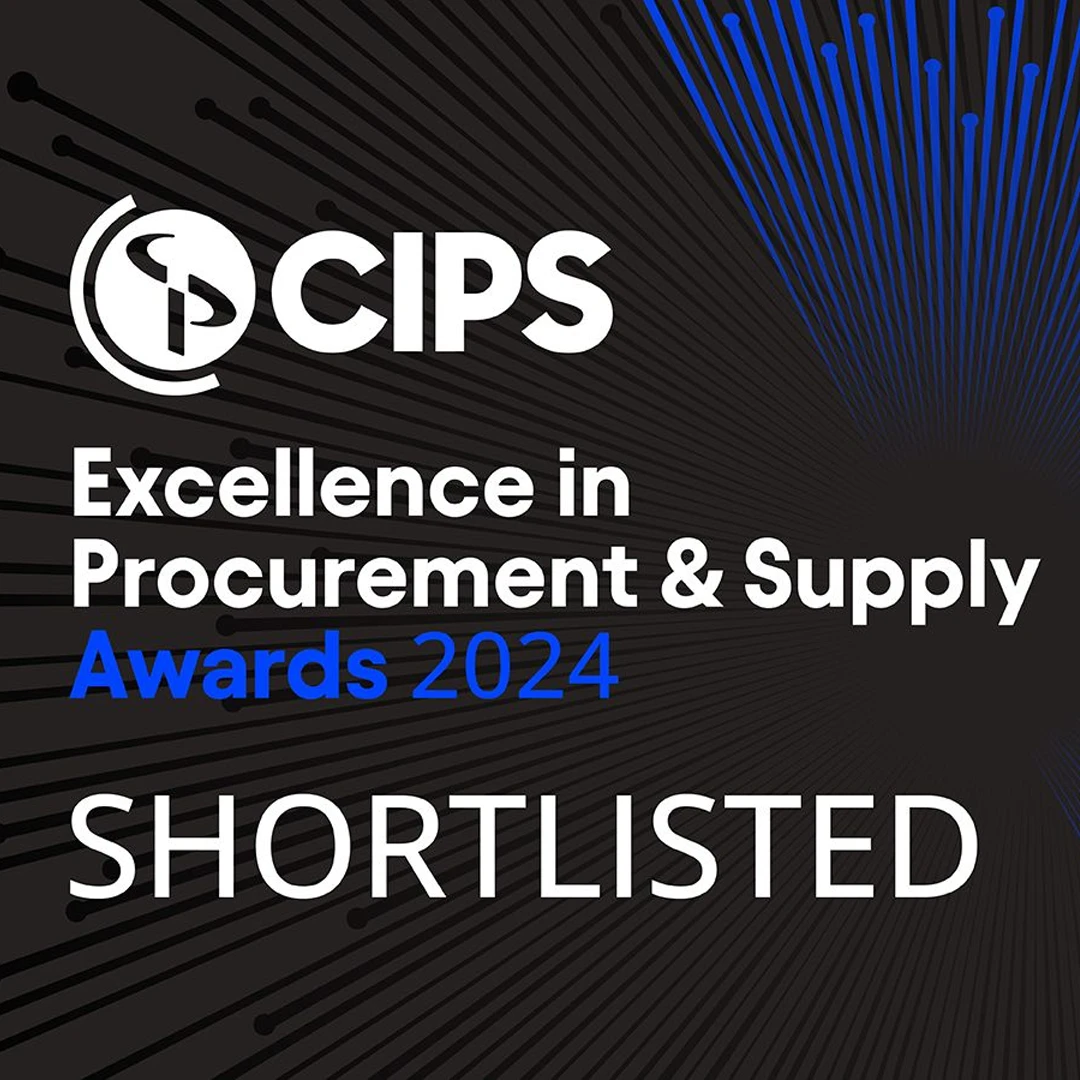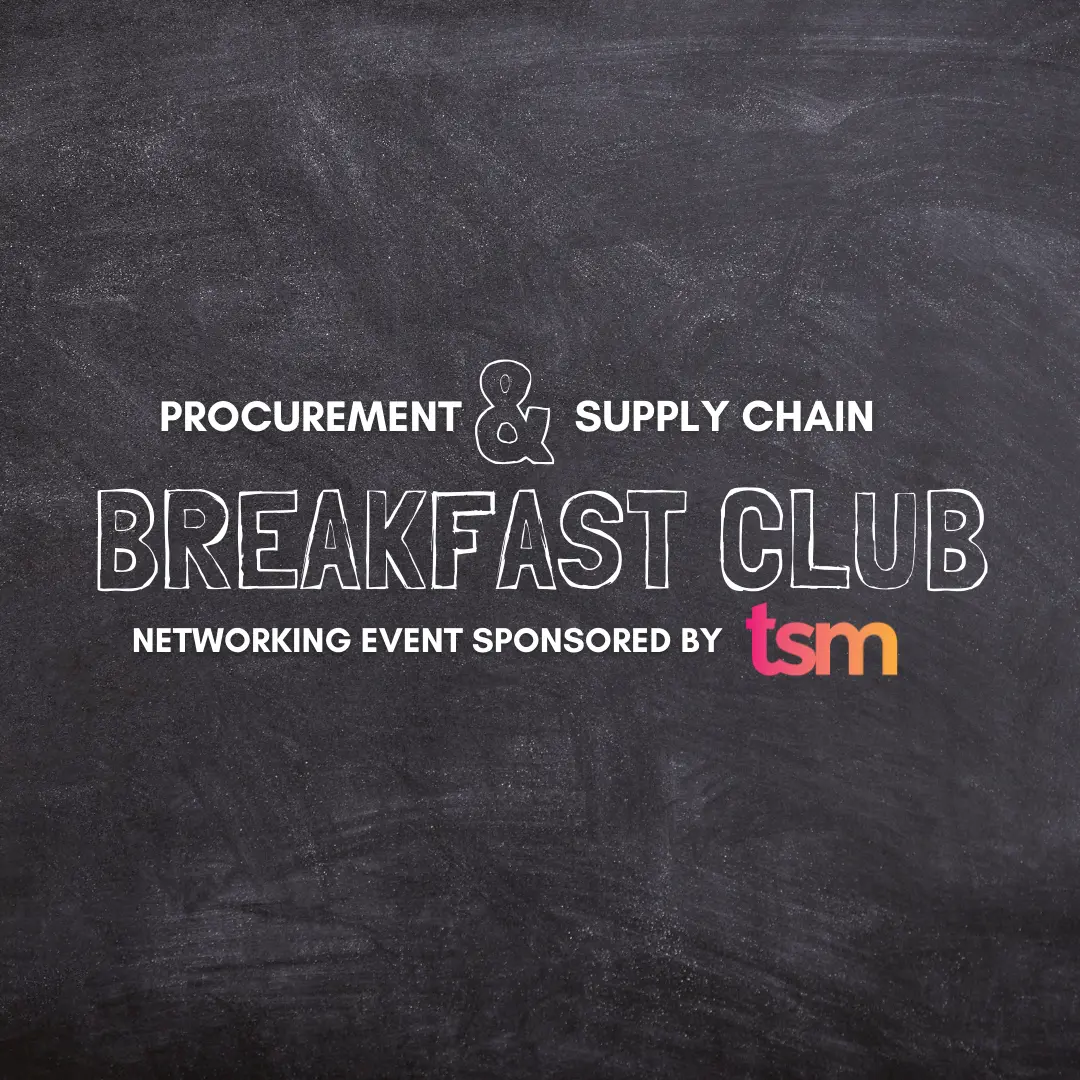The best approach to spend control for your business
In early discussions with procurement professionals about the structure of their organisations, I find they are often operating under a decentralised model of spend control.
Typically, each business, division or geographic unit is responsible for its own purchasing, and appears to work simply on the basis of allowing autonomy and control over buying decisions in order to keep local managers happy. Of course this has a number of significant disadvantages in terms of missing out on leveraging corporate spend, uneven supply costs and performance and high operating costs due to duplication of effort in procurement and accounts payable teams.
A shift in thinking is underway with many organisations looking for ways to deploy systems and processes to support a centre-led model.
In the centre-led model, standardised purchase-to-pay (P2P) processes reduce maverick buying and massively improve both the range of spend under management and the supply cost reductions achieved. A procurement centre of excellence focuses on corporate supply chain strategies, strategic commodities, and best practices for sourcing, supplier management, and contract management, while leaving much of the operational execution to the individual locations or business units but, importantly, allowing those locations and units the level of local flexibility and experience they crave.
The corporate financial management team can focus on establishing consistent authorisation policies, efficient invoice processing, and standard reporting and often (though not always that willingly) finance and procurement work together to enable employees throughout the organisation to purchase the goods and services they need in an efficient, consistent, and policy-compliant manner using the right mix of locally and centrally sourced suppliers. In practice it is still the procurement team that wrestles with all aspects of supplier engagement.
So, how to get there? Although according to analysts more than 75% of mid-sized and large organisations have at least stated the intention to move to a centre-led model, there is a good chance that your organisation still finds itself currently operating in a decentralised model. This is not surprising given the level of mergers, acquisitions, and restructuring that has occurred in many organisations over the past few years.
Why are companies still working this way? Well, there are a wide range of potential challenges to consider, including varying financial management structures and information systems, plus possibly differing language, currency, tax methods and regulatory requirements. Despite the challenges, organisations are increasingly putting eProcurement tools at the top of their wish or to-do lists as the benefits are compelling.
Companies are using varying approaches but a typical first step is to establish a framework for consistent policies and procedures by putting in place a common purchase-to-pay foundation across all your locations and business units. This needs to be flexible enough to allow localised variations in spend, suppliers, processes etc. but based on a common mandate and framework across the business. A streamlined accounts payable process involving centralised invoice processing, and increasing the percentage of invoices received electronically and processed “straight through” automatically, greatly supports this P2P initiative.
Centre-led spend control is best achieved by deploying a system that includes a comprehensive range of modular applications able to be deployed in phases to avoid the dreaded big-bang approach, a multi-organisation design that enables appropriate process variations across different units within a common framework, web-based deployment to provide easy cost-effective system access, and proven integration with multiple financial and operational systems.
Add to this multi-language and currency capability, support for multiple taxation methods and different regulatory requirements, and a need for specialist tools becomes abundantly clear.
Is centre-led, locally flexible spend control where your organisation is, or would like to be, heading? I would love to hear your feedback.







